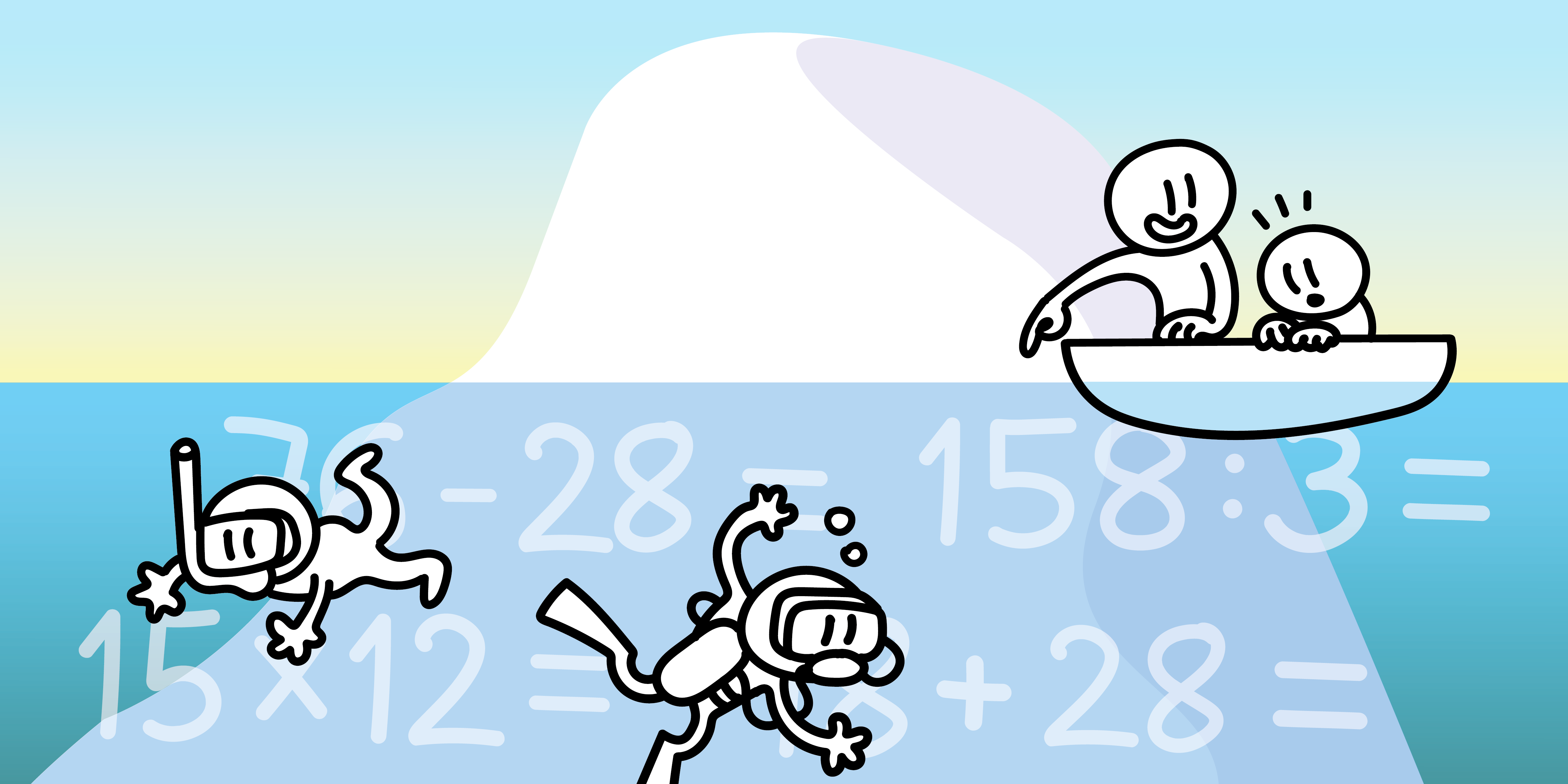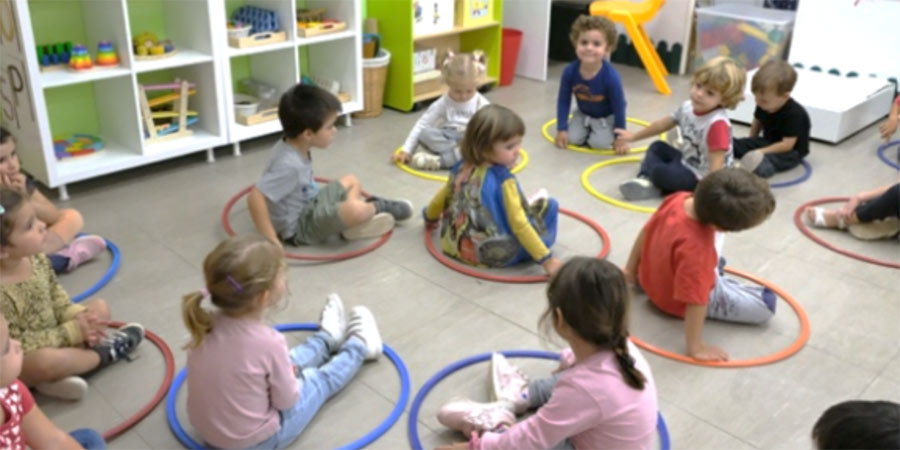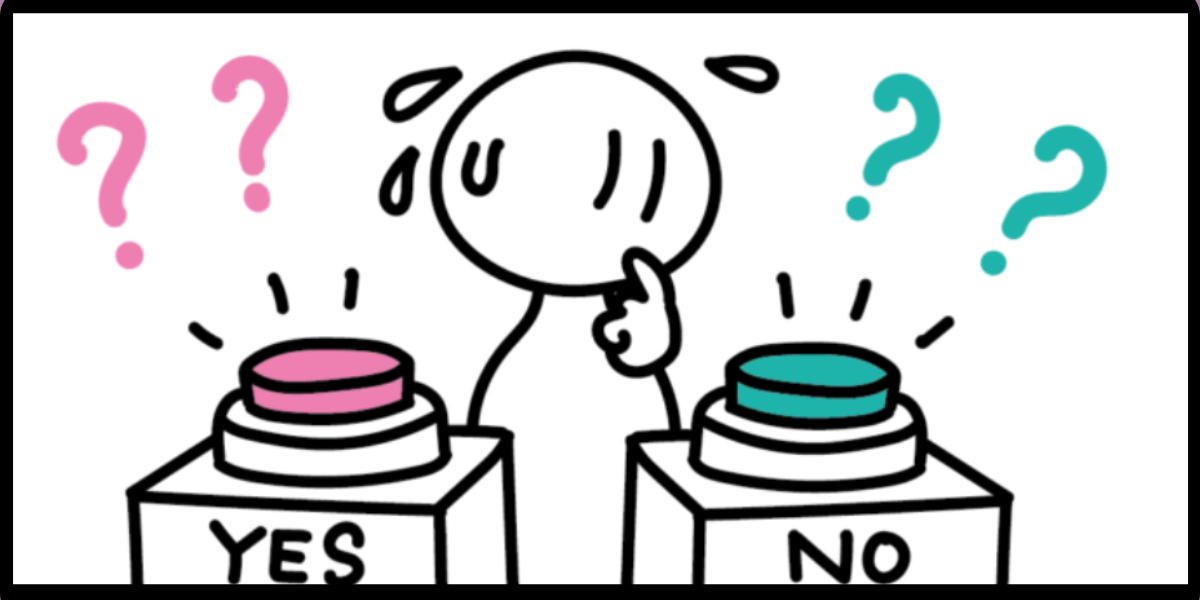Following a conversation with one of our teaching advisors, Cecilia Calvo, we have described daily situations in the classroom that provide us with information on whether or not our students are learning mathematics. It’s a pleasure talking with Cecilia, and it is always very inspiring.
Firstly, Cecilia tells us about two pieces of evidence that can be found in any type of learning and that are useful for any area of knowledge. They should be intrinsic to teachers and we can never forget them:
- Motivation
Our students must be motivated throughout the learning process. Engaged and happy students learn more meaningfully.
- Progression
Our students must progress, whatever the rate everyone has to advance throughout the course.
These two factors are our motor to create Innovamat’s activities. On the one hand, many of our decisions are made to encourage student’s motivation. That is why we take special care of certain aspects of the Classroom Manager and audiovisual activities, such as the aesthetics and narrative. Or that’s why we focus on the app working well and the rewards that students receive using it, in addition to always having activities that are different in form and context in each session. 
On the other hand, we take measures to allow all our students to progress. We create well-rounded activities with low floors and high ceilings, or resources for the Classroom Manager that cater to all abilities, or why we prioritize the Innovamat App adapting to the student’s individual pace, for example. We often measure progress with both internal and external official tests.
Secondly, Cecilia tells us about 3 pieces of evidence that tell us how our students learn mathematics.
Below, we will develop ideas around:
- The vision that students and teachers have of mathematics.
- The knowledge they have of this field
- and last but not least, the processes involved in the mathematical task.
The vision of mathematics and how it influences learning
Teachers significantly influence the vision that students have of mathematics. Our perception is the first thing students will receive: if we consider mathematics to be something serious and difficult to learn, then students will too. That is the first thing to modify; you have to do kinder math. And above all remember that, as teachers, we have a duty to free students from the prejudices of adults.
However, we would be lying if we said that learning mathematics does not require effort (perseverance, desire to go a little further, looking for reasoning and different strategies to solve problems, etc.). But the truth is that effort is not, in itself, something negative. If there is no effort, it means that what we are learning is too easy. Besides, isn’t it true that when we do something we like, we don’t care what it costs us? That’s because motivation regulates effort.
 Interestingly, there is evidence that at an early age students tend to like mathematics a lot, which makes sense, because mathematical activity involves stimulating challenges and enigmas. Later on, as the students grow up and experience failure, the stimuli become negative and make the students see mathematics as a hard and difficult subject, something that especially happens in middle school. Not to mention the gender gap that starts even earlier.
Interestingly, there is evidence that at an early age students tend to like mathematics a lot, which makes sense, because mathematical activity involves stimulating challenges and enigmas. Later on, as the students grow up and experience failure, the stimuli become negative and make the students see mathematics as a hard and difficult subject, something that especially happens in middle school. Not to mention the gender gap that starts even earlier.
To change this vision, at Innovamat we run away from the idea that mathematics is knowledge that teaches how things are done. We do not believe that it is a discipline made up of mechanisms and recipes to solve situations. We see deduction as its central activity: how is it done? Why is it done like this? Can we find a pattern in this real-world situation? etc. In the classroom there must be a problem-solving environment in which questions drive learning. We must not give answers directly to the students, but we must guide them with new questions so that they are the ones who solve the unknowns.
Knowledge in the mathematics classroom
At Innovamat, the content; the curriculum, the themed-sections, are worked on spirally and become evident in the mathematical conversation in the classroom.
Let’s imagine a teacher who poses a real-world situation that implies a subtraction with carry over (73 − 18) and has two students who solve it differently. The first uses the vertical algorithm; the second, changes the subtraction to 75 − 20, so you have no carry over.
The teacher could fall into the trap of feeling frustrated, since the second student does not need to use the vertical algorithm, which, perhaps, was to be expected. If we stop and think for a moment, we will realize that, in reality, it is the second student who has a broader knowledge of what it means to subtract: they know a property of subtraction that allows them to solve the situation efficiently and also the processes that are involved in it. The student has been flexible and has shown that they can solve subtraction differently: they have the ability to decide.
The teacher must facilitate the conversation, collect the different strategies and reward them. They must demonstrate the success of the good practices of all their students, even if it is at different levels. This way they will feel more free to explore and try things out, to make connections, to practice in different ways.
At Innovamat we help teachers create the context for this to happen. We also understand that these situations can generate a certain feeling of insecurity in the teacher, a lack of control, especially if it is the first time they have taken the class. Or they may feel that they have not prepared the class sufficiently, or maybe even that they do not know enough mathematics. In addition to the guides, teachers have an accompanying advisor who will remind them that a powerful way to learn math is to teach math. Teaching is another way to learn.
Mathematical processes and 4 indicators of success
The mathematics curriculum considers that the learning of mathematics not only includes knowledge but also that mathematics is also a way of thinking.
Some indicators for success in the mathematics classroom are the following:
- A student shows knowledge of mathematics if they know how to distinguish between a situation that has a single solution, several solutions, or no solution.
- Thoroughness in finding solutions is a good indicator of success if the student is able to define all the possible responses in a situation and, consequently, put their thoughts in order.
- Students demonstrate that they are learning mathematics if they are able to look at a situation from different points of view and develop various arguments for the same situation. They tend to argue points view in quantity, quality and from different perspectives. If a student has a deep knowledge of quadrilaterals, they will not hesitate to define them based on their diagonals, their lines of symmetry (if they have them), according to their sides or their angles; and they will be able to give varied reasoning and a lot of it.
- Finally, one last indicator of success is the student being flexible and, if a deductive path does not work for them, they must be able to go back and change the resolution strategy.
We hope this blog post helps you reflect on your daily teaching activity. We would be delighted to receive any comments you may have!







